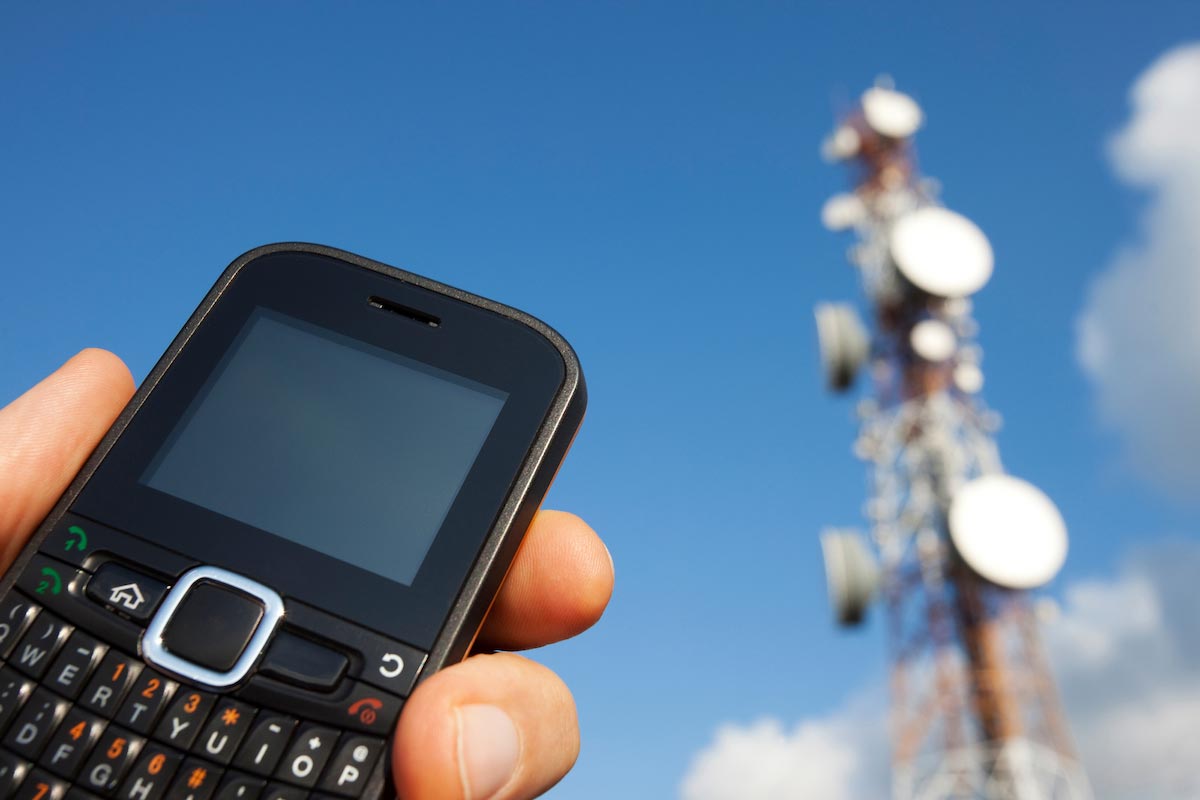What’s the difference between a satellite phone and a smartphone?
11/24/2018 / By Robert Jonathan

For better or worse, and it may be worse given the health risks from radiation, smartphones are a staple of everyday life, and cell phone communications are pretty reliable in a day-to-day scenario.
In a man-made or natural disaster, or another kind of emergency or civil unrest situation, your cell phone service may get knocked out cold, however.
Cell phone towers are particularly vulnerable to disruption, thereby taking down a network. Even if a network is functional, calls can overload the system in a crisis situation. Separately, if you find yourself in a remote area in ordinary circumstances, you may be unable to get a signal.
With that in mind, giving due consideration to an alternative communications device like a satellite phone, a device which enjoys popularity in the off-the-grid and prepping communities, may be worthwhile. “A sat phone provides a means of communication that will work even if the world’s cell networks go down — only an immensely catastrophic global disaster of a monumental scale would take down the satellite networks as well as land-based cell networks,” according to the MakeUseOf.com website.
Satellite phones can be pricey, and you need to sign up for a service. As a byproduct, sat phones make it much more difficult for Big Brother to listen in on your conversations.
These phones obviously work through an orbiting satellite rather than via cell phone towers, and the satellites generally come in in two flavors: Geosynchronous and low-earth orbit, the latter which tends to provide more solid coverage.
A geosynchronous satellite follows the earth’s rotation each day from about 20,000 miles above our planet, although it appears to stand still. This kind of satellite thus minimizes the tracking requirement from the ground. An antenna or dish “can get information from the satellite by pointing at just one point in the sky. It doesn’t have to move, or ‘track,’ the satellite across the sky,” NASA explained. Weather satellites are typically in geosynchronous orbit.
The low-earth variety orbits the globe quickly (in about an hour or so) in different worldwide configurations from just a range of 400 to 700 miles above ground.
Since the satellites are closer and there are more of them to cover more territory, satellite phones for low-earth-orbit communications require less power and accordingly, less bulk; they are roughly about the size of a smartphone. Time lag is also not as pronounced as when using a sat phone to have a conversation through a geosynchronous satellite.
Note that you need to be outside when using sat phones as they rely on line-of-sight links to the spacecraft, unless you have installed an antenna on the roof of your home or car.
A sat phone may not be affordable for everyone, to be sure. You’ll probably need to shell out somewhere between $400 and $1000 for a satellite phone, so it’s necessary to engage in some online research about current models and features. They are widely available from a variety of retail outlets. Due diligence is also required when selecting a service provider.
Sat phones generally provide worldwide coverage. That being said, traveling outside the U.S. requires some additional homework in advance. Some countries ban sat phones entirely or impose licensing requirements on the user.
Just for the record, if hostile forces start shooting down satellites in a World War 3 or Star Wars scenario, all bets are off.
“If you’re headed out on an adventure where you’ll be far out of range of cell towers, or you just want to be prepared for the worst, a satellite phone will help make sure that you can stay in contact with the outside world. They’re expensive, and they don’t provide the best quality communication, but in an emergency or a disaster, having one could be a lifesaver,” Makeuseof.com concluded.
Sources include:
Tagged Under: cell phones, Collapse, devices, disaster, electronic devices, emergency radio, EMF, gadgets, mobile phone, off grid, preparedness, prepper, prepping, satellite phones, Smartphones, survival, survivalist




















